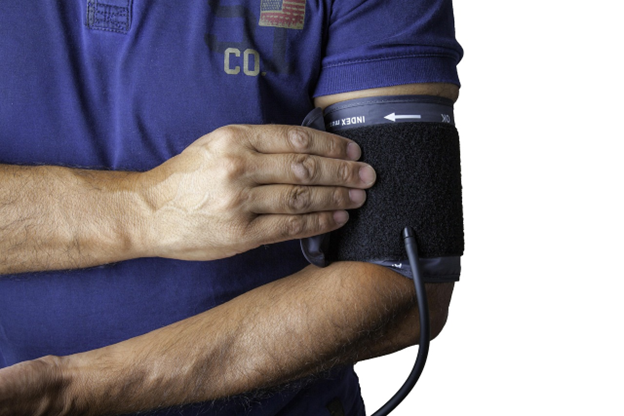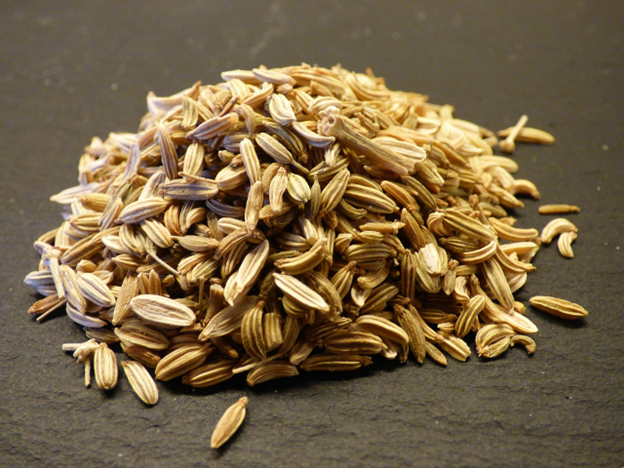Today, stress is a common term. It has become a regular part of life. Stress isn’t limited to feeling anxious. It can elevate your blood pressure levels. It can also impact your heart health. But what if there was a way to monitor your stress levels and manage it more effectively?
There are many advanced wearable technology for stress monitoring available in the market today. These smart devices work by tracking your body’s signals and alerting you when stressed. With these new-age remedies, we can keep our blood pressure and stress levels in control.
Understanding Stress and Its Impact on BP
Several situations or events can make you feel stressed. While stress can help you stay focused, too much stress can harm the body, especially the heart.
In stressful situations, your body releases hormones like adrenaline and cortisol. These hormones increase your heartbeat and constrict your blood vessels. This can cause your blood pressure (BP) to rise. If this happens once in a while, it’s not a big problem. However, if stress remains longer, it can lead to stress-induced hypertension. This can increase the risk of heart disease, stroke, and kidney problems.
High blood pressure affects both adults and children. High blood pressure in children is becoming a growing concern. Chronic stress, poor diet, and lack of exercise can contribute to hypertension even at a young age. Thus, it has become crucial to get to the root of the problem and adopt practical solutions.
Types of Wearable Technology for Stress Monitoring
Today’s markets are flooded with wearable technology for stress monitoring. Some common options include:
➢ Smartwatches
Smartwatches are worn on the wrist. They measure your heart rate, stress levels, and sleep quality. Some even send alerts when stress levels exceed normal thresholds.
➢ Fitness Bands
Fitness bands are health-focused versions of smartwatches. They count steps, monitor heart rate, and sleep patterns, as well as track exercise routines.
➢ Smart Rings
Smart rings are light and comfortable to wear all day. They are powerful devices worn on a finger. They are so small they are barely noticeable. They can track stress levels, body temperature, heart rate, and sleep quality.
➢ EEG Headbands
EEG headbands measure brain activity to detect stress and relaxation levels. They use special sensors to track how the brain responds to stress.
➢ Smart Clothing
Smart clothing includes special shirts, vests, or bands. These come with sensors that track breathing, heart rate, and stress levels.
➢ VR headsets
VR headsets track stress by monitoring heart rate, breathing, and eye movements. They make you feel like you are inside a different world. For example, if the headset sees you are stressed, it can show a calm beach or a peaceful forest to help you relax.
➢ AR glasses
AR glasses give instant visual relaxation tips on noticing high-stress levels. They show reminders to take deep breaths and stay mindful while continuing your routine.
Mechanisms of Stress Detection in Wearables
Wearables for stress management aid individuals in getting real-time feedback and reducing elevated stress levels. Let us look at the ways these wearables detect stress:
➢ Heart Rate Variability (HRV)
HRV measures the time between heartbeats. As a natural response to stressful situations, the body decreases HRV. Wearables that work on the principle of HRV can detect when stress levels rise through the measurement of this natural spike in heart rhythm.
➢ Skin Temperature
During stressful situations, there is a drop in skin temperature. These devices can detect this drop in temperature.
➢ Sweat Levels
Sweat glands can work more in stressful situations such as presentations or important meetings. Thus, they produce more sweat. Sensors in some wearables for stress management monitor sweat levels and detect changes in skin conductivity.
➢ Breathing Rate
Another way the body shows it is under stress is by speeding up breathing. Wearables detect breathing pattern changes (i.e., if it becomes shallow or rapid), alerting you to take steps to relax.
➢ Brain Activity (EEG Sensors)
EEG (electroencephalogram) sensors are on the rise to measure brain activity and track stress-related signals. These wearables can guide you through meditation, breathing exercises, or mindfulness practices to lower stress levels based on your brain activity patterns.
Benefits of Wearables for BP and Stress Management
Using stress management wearables offers several advantages. Here’s how they help:
➢ Early Stress Detection
With heart attacks becoming a major cause of untimely deaths, wearables can act as lifesavers. They can detect stress before it affects blood pressure. For instance, these devices can notify you if they sense an increase in your heart rate or breathing.
➢ Better Relaxation
Staying calm in stressful situations is essential. Many wearables offer suggestions for relaxing when stress is detected. They guide users through deep breathing exercises and mindfulness. They may even remind them to take short breaks.
➢ Improved Sleep
Good sleep is essential for managing stress, blood pressure, and overall well-being. Wearables can track sleep quality and patterns. They can even help you understand if stress affects your rest.
➢ Activity Tracking
Exercise is essential to reduce the effects of a sedentary lifestyle. It is also a great way to lower stress and improve blood pressure. Wearables encourage movement by tracking steps, workouts, and heart rate
➢ Health Insights
Wearable blood pressure monitors collect data over time. This data shows stress levels and blood pressure patterns. With the help of this data, users understand what triggers stress for them. They can also find better ways to manage it.
Challenges and Considerations
While blood pressure management with wearables is helpful, they also have some drawbacks:
➢ Accuracy Issues
Not all wearables provide 100% accurate data or detect stress. This inaccuracy can lead to confusion. For example, a smartwatch might show higher stress levels because you move your hand too fast.
➢ Cost
Good-quality wearables can be expensive. Devices with advanced stress tracking, like EEG headbands or smart rings, may cost more than basic fitness bands. It may not be feasible for everyone to afford such expensive devices.
➢ Battery Life
Like mobiles and laptops, stress management wearables run out of battery. You need to charge them regularly. Some smartwatches last only a day before needing charging. Smart rings remain charged for a longer time.
➢ Data Privacy
Wearables collect personal health data, such as heart rate, stress levels, and sleep patterns. This information is not adequately protected. It could be misused or shared without permission. Failure to keep the information secure can compromise your privacy.
➢ Not a Replacement for Medical Advice
Wearables help track stress and heart rate but don’t replace a doctor. Someone with serious health issues cannot rely only on wearables. They must visit a doctor for proper advice.
➢ Discomfort
Wearable blood pressure monitors may not be comfortable for everyone. Some people feel dizzy or nauseous when using VR for too long. For AR glasses to be effective, people must wear them throughout the day. Some users might find it uncomfortable or distracting to see stress alerts and reminders while doing other tasks.
Conclusion
Stress is a silent killer, leading to stress-induced hypertension and other severe conditions. For those struggling with hypertension and organ damage, monitoring stress is the key to good health.
Wearable technology for stress monitoring allows individuals to track and manage stress. However, sound medical advice, a healthy diet, exercise, good sleep, and relaxation techniques like mudra for hypertension naturally complement wearable technology in managing blood pressure.
Disclaimer
The information contained in this article is to educate, spread awareness in relation to hypertension and other diseases to the public at large. The contents of this article are created and developed by BPinControl.in through its authors, which has necessary, authorisations, license, approvals, permits etc to allow usage of this articles on The Website. The views and opinions expressed in this article are views, opinions of the respective authors and are independently endorsed by doctors. Although great care has been taken in compiling and checking the information in this article, The Website shall not be responsible, or in any way liable for any errors, omissions or inaccuracies in this article whether arising from negligence or otherwise, or for any consequences arising therefrom. The content of this article is not a substitute for any medical advice. The Website shall not be held responsible or liable for any consequence arising out of reliance on the information provided in the article.




